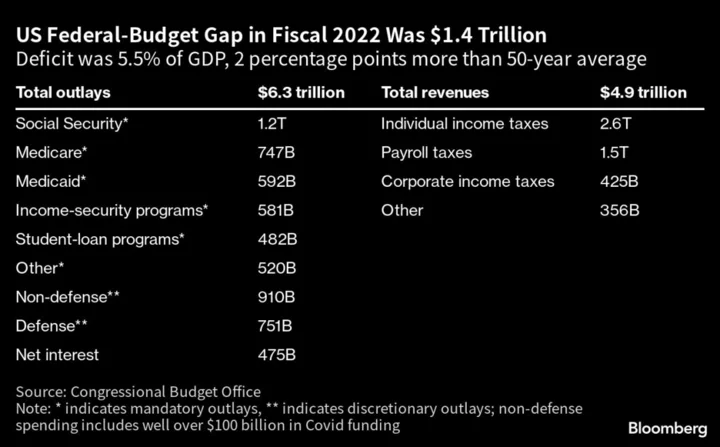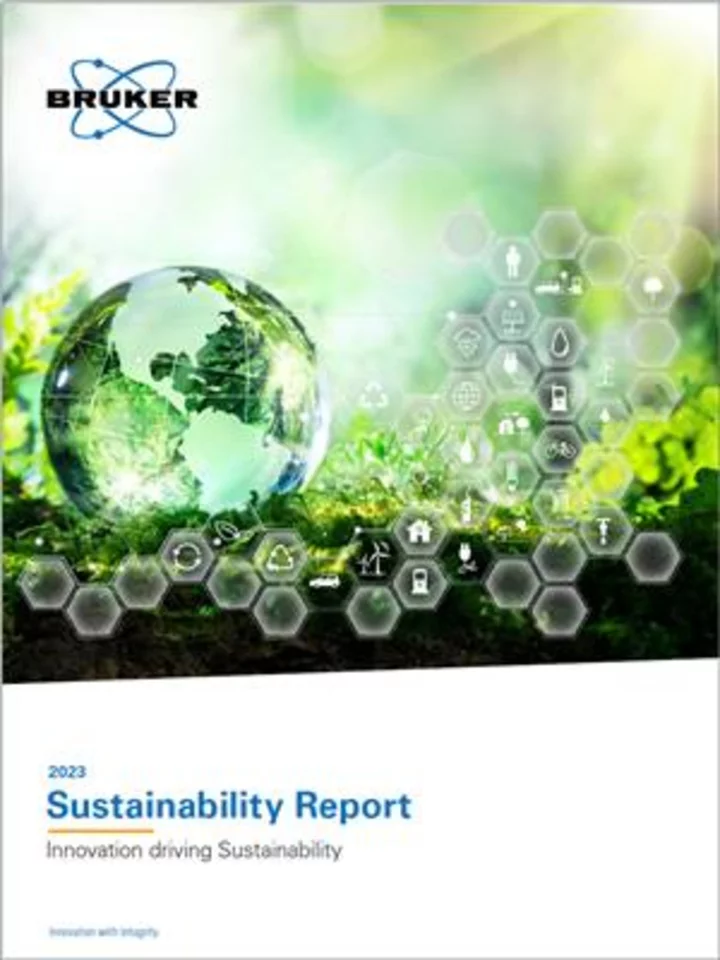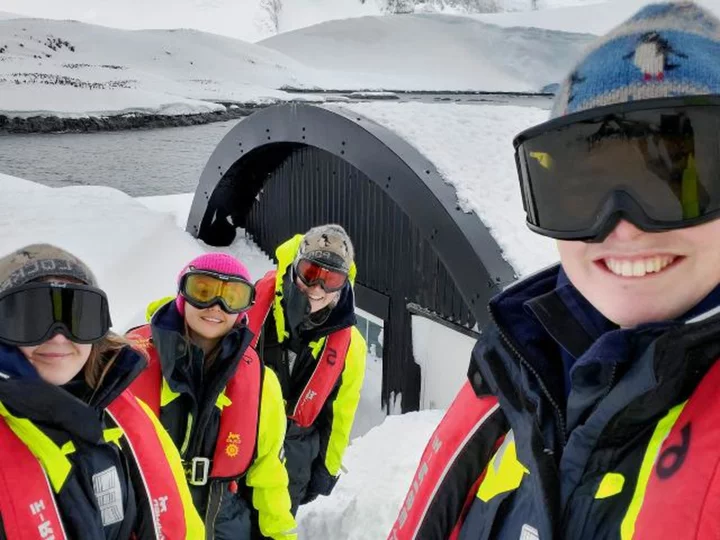Round-the-world sailors can sense something is different. Steeper waves? Shifting winds? There’s no missing the calls to change course, sometimes drastically, to avoid icebergs in waters that were previously too far from the poles to be dangerous.
Then there’s the trash. “If you sail through the Strait of Malacca, near Indonesia, there’s just plastic everywhere,” says Dutch racing legend Bouwe Bekking. “Wherever you look – left, right, in front of the boat, behind – you see just plastic. You shed a tear when you see that kind of thing.”
Competitive sailors’ access to the world’s oceans — and their first-hand experience of the stresses on the water — have made them an increasingly important resource for researchers keen to better understand the health of the seas. Boats in The Ocean Race and other endurance races like the Vendée Globe and the Clipper Round the World Race are now carrying sensors to detect acidity levels, temperatures or microplastic concentrations in locations that vessels rarely, if ever, traverse.
“They really fill in some blanks for us,” says Andrew Meijers, a physical oceanographer at the British Antarctic Survey. Among other things, he says, the boats’ onboard sensors have measured how much carbon dioxide has dissolved in seawater surfaces. From November 2020 to January 2021, Vendée Globe racers provided about half the global observations on dissolved CO2 during that period. “It was a really significant fraction.”
It also comes at a cost for the world’s most competitive sailors: speed.
The sensors onboard racing boats significantly contribute to the understanding of climate change and microplastic pollution, but they also add weight to the vessel, according to Martin Kramp, who helps collect the data for OceanOPS, which supports the Global Ocean Observing System, an Intergovernmental Oceanographic Commission-led program.
Racers “cut their toothbrushes to win five grams of weight,” he says. Adding a 20-kilogram instrument is a huge “favor.”
One traditional way to gain back a racing lead in the Southern Ocean is to travel as far south as possible. It’s less distance as the Earth’s circumference squeezes in towards the poles. That shortcut is increasingly off-limits to sailors today.
In the mid 2010s The Ocean Race introduced an ice exclusion zone, blocking boats from entering the most southern latitudes, where large icebergs and smaller “growlers” can rip a boat to shreds. You smell them — like a whale’s breath — before you see them, says British yachtswoman Tracy Edwards, who led her crew into Antarctic waters during the competition a little over 30 years ago. Icebergs are also very noisy, she says. “They creak, and they groan, and they whine, and they moan.”Satellite images now help coordinators track hazardous ice drift as they set the course. This year, as competitors in The Ocean Race headed toward the southern tip of Chile, they were forced to travel hundreds of miles north compared with other years’ courses. “In the Pacific, the icebergs were way, way further north than we've ever seen before,” says race director Phil Lawrence. “An ice shelf had broken off six months earlier and then had broken up into individual icebergs, and they drifted up into that region.”
Lawrence says the race organizers scanned the area daily to see if it was safe to let the sailors head further south. “It just wasn’t possible,” he explains.
The Southern Ocean, which surrounds Antarctica, is particularly important to scientists. It’s home to the largest current on earth, the only one to circle the globe, giving it a leading role in the oceans’ ability to absorb and distribute carbon dioxide and excess heat caused by emissions. Until now, that’s “swept human influence under the carpet to some extent,” Meijers says. “We’re really concerned how that might change. If the ocean circulation changes, then the amount it’s taking up of this heat and carbon is also going to change.“
Read More: Scientists Worry Over Shocking Lack of Antarctic Sea Ice Growth
Any sailor that has crossed the Southern Ocean has a story to tell. With no land for miles, travelers on those waters are exposed to some of the highest average wind speeds on the planet. An old sea mantra refers to the roaring 40s, the furious 50s and the screaming 60s, describing the way the wind gets stronger in the southern latitudes.
The waves are even more ferocious. The Southern Ocean gets the biggest swells in the world — a buoy in 2018 recorded a record 23.8 meter (78 foot) wave — and they’re growing. Today extremely large waves in the Southern Ocean are about 5% taller relative to 30 years ago, a trend being driven by climate change, according to physical oceanographer Ian Young at the University of Melbourne.
The respect for the power of the ocean is one reason the sailing community is largely on board with climate science, according to Edwards. Since beginning a life at sea around 40 years ago, she’s seen the landscape change for not just sailing events but their competitors. Back in the late 1980s, when The Ocean Race was known as the Whitbread Round the World Race, Edwards led the first all-female crew in the competition. Now 60, she continues to encourage young women to sail through her organization, The Maiden Factor, named after the boat she raced in the Whitbread.
Even as grim climate records fall, Edwards believes collective action can turn things around, the same way her coordinated team of sailors navigated ice obstacles at 71 degrees latitude. “God, I'm such an optimistic person,” she says. “I’ve never given up on anything in my life.”









